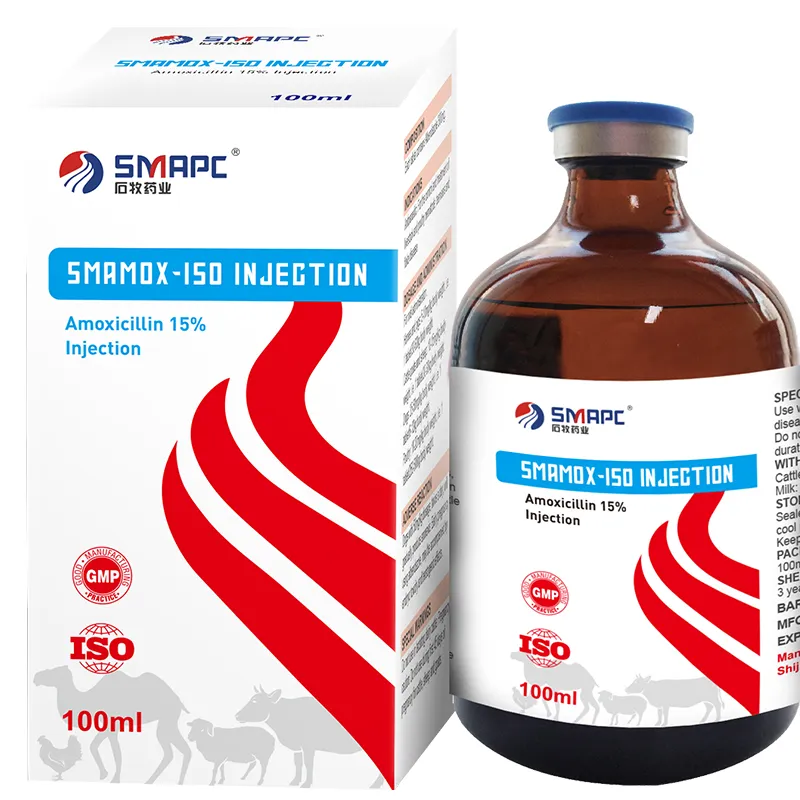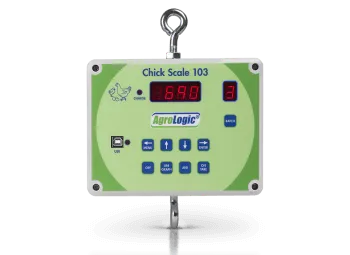Preventing UTIs is often easier than treating them. Regular veterinary check-ups are essential to catch underlying issues early. Keeping your dog’s living environment clean, maintaining proper hygiene, and managing their weight can also play a significant role in preventing UTIs.




